In collaboration with Mateus Badra
This Thursday (23), the MME (Ministry of Mines and Energy) published the Public Consultation No. 129/2022, which collects contributions, until July 3rd, suggestions for guidelines for calculating the costs and benefits of own generation of renewable energy in Brazil.
As reported by Solar Channel, the energy compensation rules, after the transition period imposed by Law 14,300, will depend on the valuation to be established by ANEEL based on the costs and benefits of GD, respecting these guidelines from the CNPE (National Energy Policy Council).
The opening of this consultation, carried out more than five months after the date of publication of Law 14,300 of January 6, 2022, was determined by § 2 of art. 17 (see image below).
According to this article, to create the guidelines, the CNPE must listen to society, associations and representative entities, companies and agents in the electricity sector. And the Ministry chose to open a public consultation.
Sources interviewed by Canal Solar said that the opening of this consultation was not planned and that it only occurred due to the complexity of the topic.
These guidelines will be used as a basis for ANEEL (National Electric Energy Agency) to define the rules after the transition period. Emphasizing that the CNPE has until July to define these guidelines, as determined in article 17.
After the CNPE defines the guidelines, ANEEL will have up to another 12 months to establish calculations for the valuation of benefits and the new rules that will be valid from 2029, when the transition period ends (figure below).
The law reinforces that when establishing the guidelines, the CNPE must consider all benefits, including the locational benefits of microgeneration and minigeneration distributed to the electrical system, comprising the components of generation, electrical losses, transmission and distribution.
It is up to the CNPE to advise the President of the Republic for the formulation of policies and guidelines for the electric energy sector; and indicate actions to be taken by the federal government with technical assistance from regulatory agencies.
Opening of the Public Consultation
Once it is understood that listening to society and other actors in the electricity sector is part of the process, the opening of Public Consultation No. 129/2022 is understandable.
Which means that this is the time for contributions to be sent to the MME who, in turn, will use the suggestions received to final define the benefits of GD in the country.
The participation of professionals in the distributed generation market is vital, as the guidelines will impact the viability of renewable sources projects in the country. To help professionals participate, Canal Solar provides a step-by-step guide on how to contribute. Click here to access.
And after the consultation?
As previously stated, after the National Energy Policy Council determines the guidelines, the ANEEL will have up to another 12 months to define benefit valuation calculations and the new rules will be valid from 2029, when the transition period ends.
Read in full
Find out how to contribute to the MME consultation on GD valuation
For more information about Law 14,300 read the article Law 14,300: main changes to the GD Legal Framework.
Canal Solar is evaluating and will bring the main items and their impacts on the sector. Follow us so you don't miss any updates on the subject.


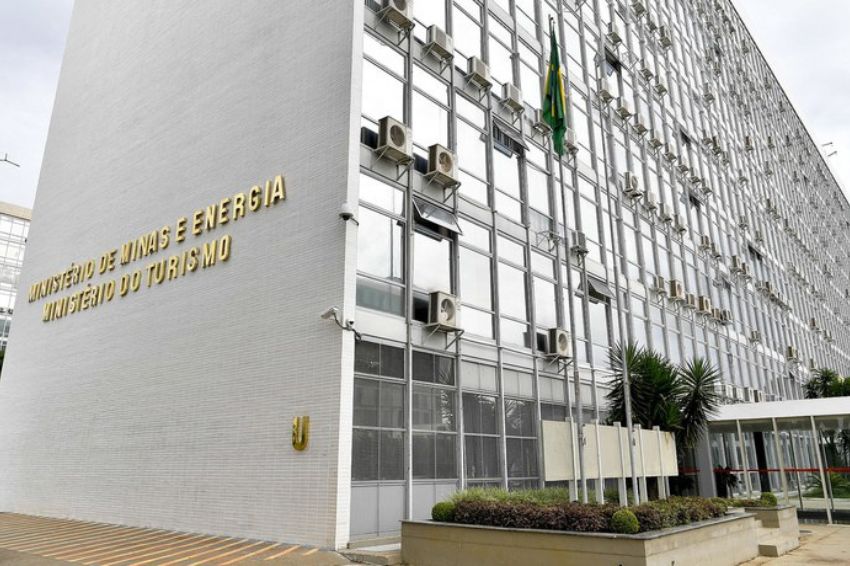



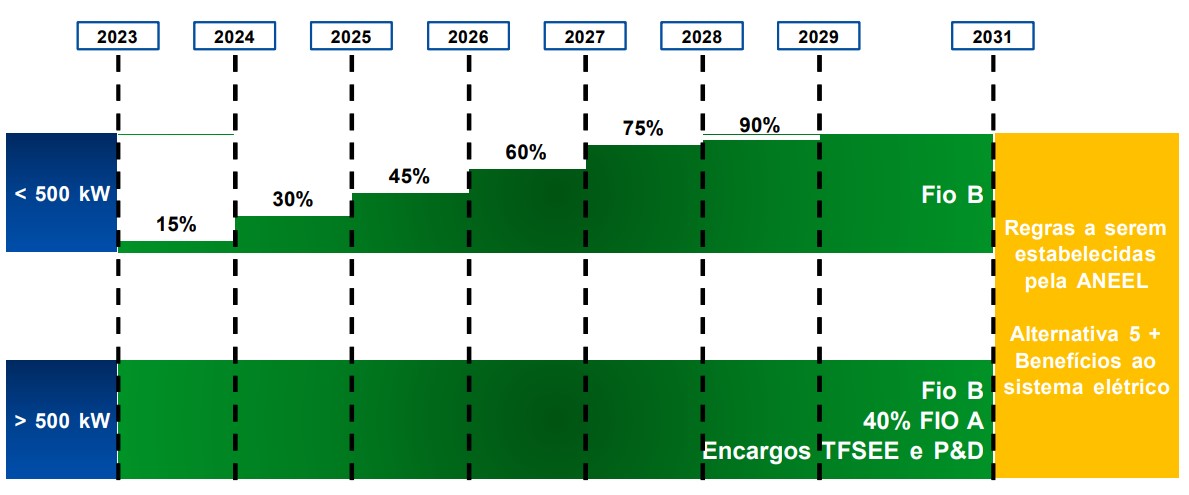

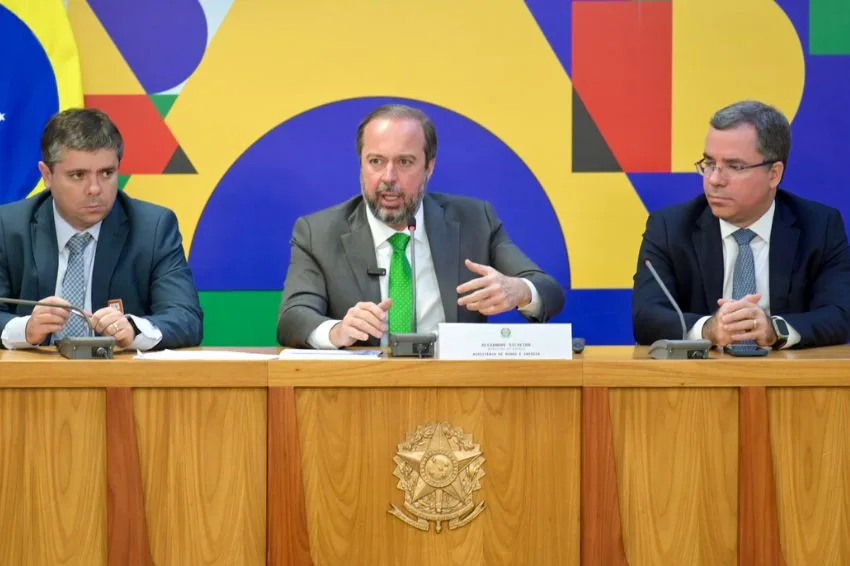
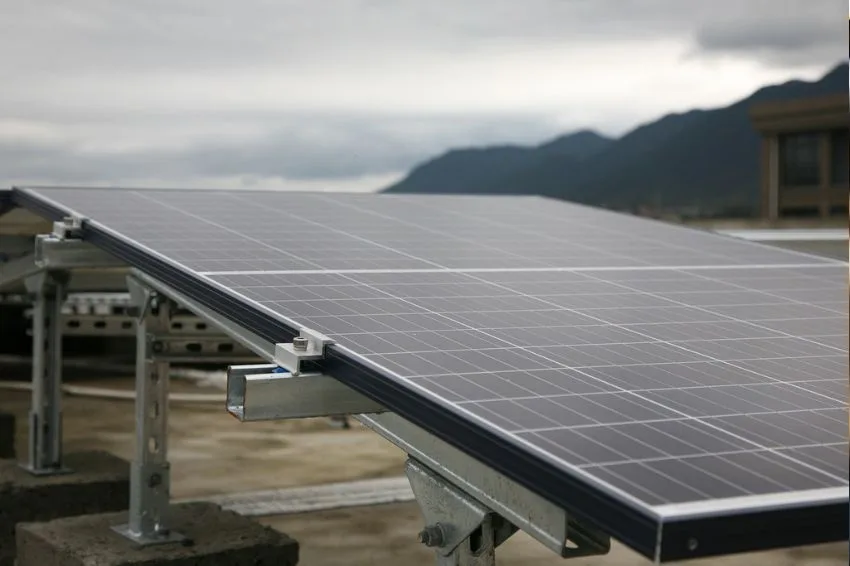
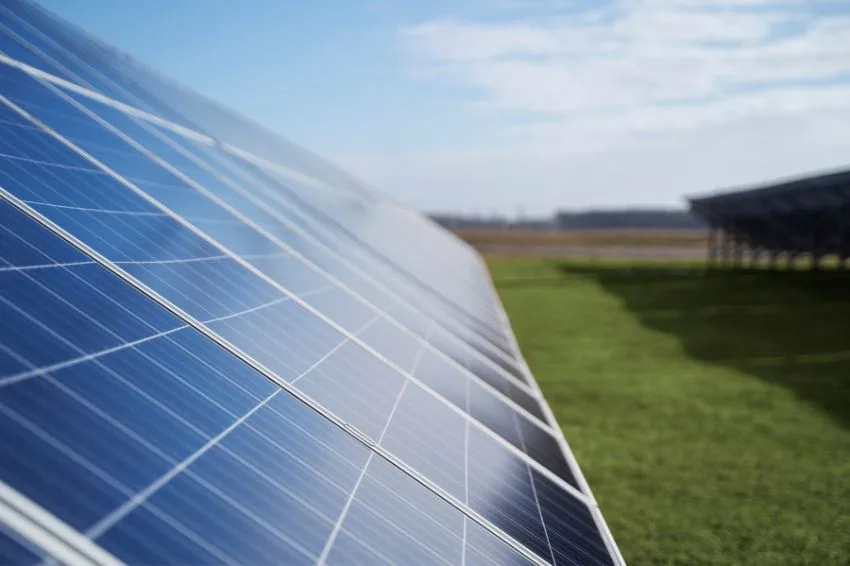
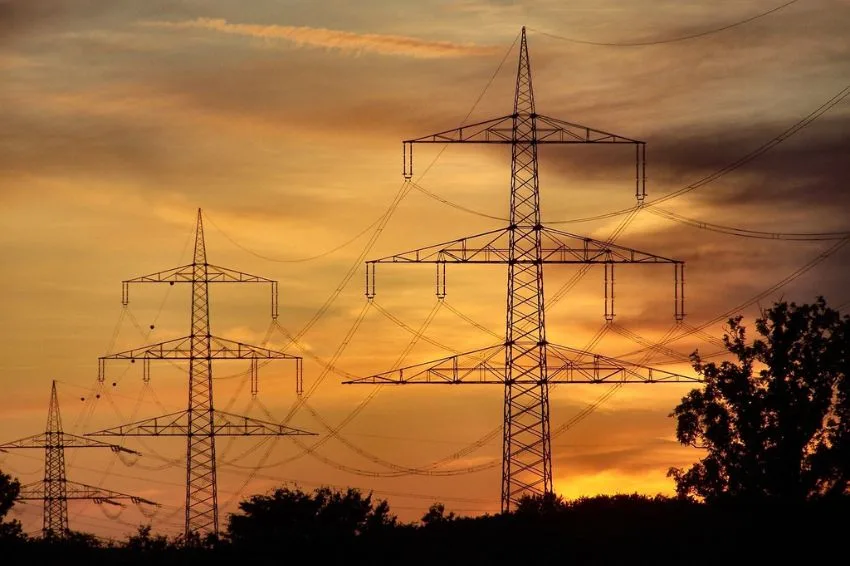
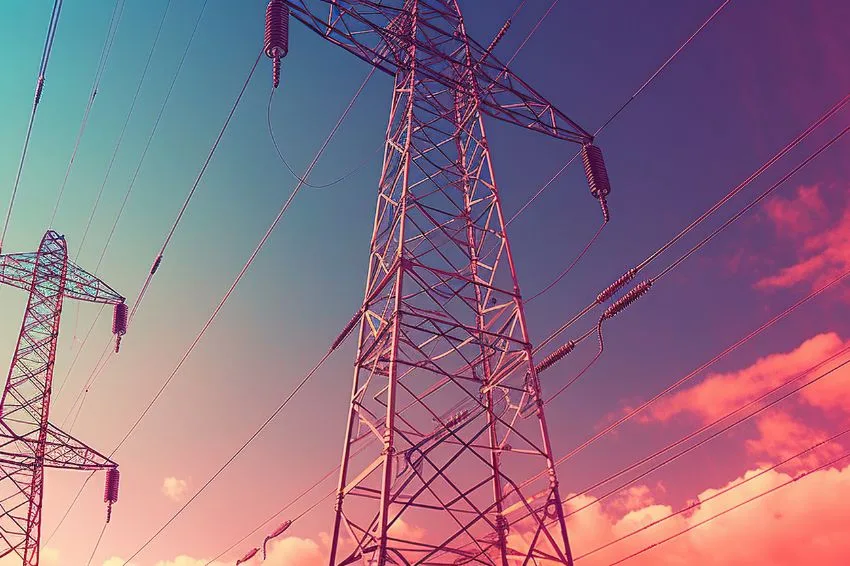







3 Responses
Hello,
I would like to understand what the graph is saying. Would it be an idea of how the fare will be charged? For example, for generating units smaller than 500 kwh it would be 15% per year until 2029 and above 500 kwh it would be 40% straight from the first year?
Good afternoon, Carlos, how are you? Yes, the graph shows non-compensation of Fio B credits for plants smaller than 500kW, and the percentage of this non-compensation rises gradually each year, and for plants larger than 500kW, there will be 100% of Fio B + 40% of Fio A + Charges for inspection fees and R&D
Good evening everyone, I hope you are taking some measure, which can continue our financial budget, and also provide environmental well-being, and the future economy of the entire global atmosphere.!